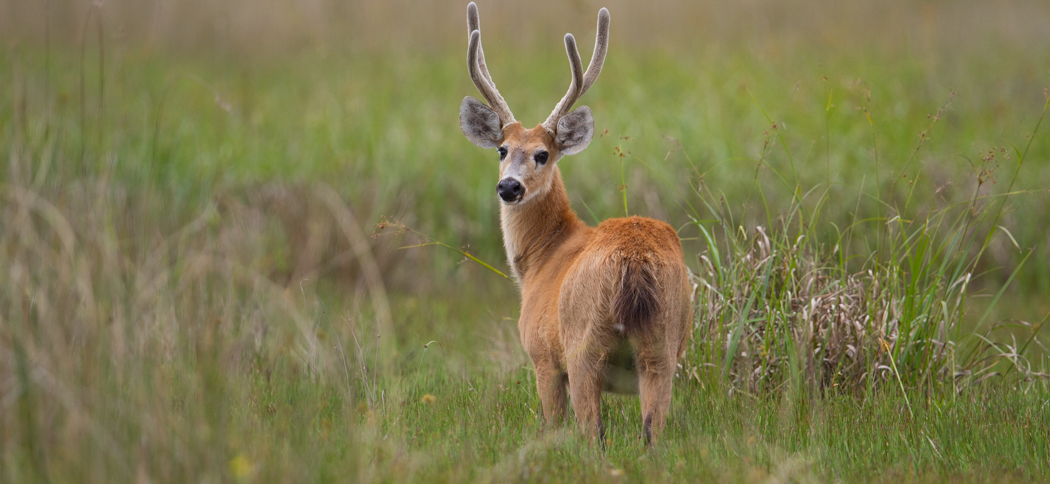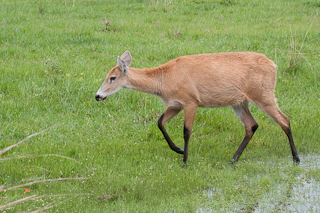
Strange Tails
We're delighted to have a strong population of strange-tailed tyrants at the reserve. So much so that we've adopted these beautiful and endangered birds as the symbol of the Trust
The growing diversity of the animals of Reserva Don Luis is a fresh source of delight every time we return. We don't play favourites, but it's impossible not to engage more with some of our more conspicuous guests. One of these is the strange-tailed tyrant. The male is stoic in his tolerance of one of nature's strangest - and it would seem least practical - adaptations. He's willing to suffer to be beautiful, and somehow manages to fly with tail feathers that were surely designed for a bird three times his size.
We love his perseverance; his resolution to succeed against challenge, and his ability to prove that anything is possible. He's appearing in growing numbers on the Reserva Do Luis, and his success has become an allegory for, and a symbol of, our own.
When we started the process of updating and redesigning our website, we wanted to adopt an image that symbolised our aims and our challenges. This brave little flycatcher, with his indomitable character, was the perfect choice.
The logo is a stylised profile of a male tyrant, silhouetted against the sunrise. We coloured the sun the blue of the Argentinian flag in honour of this country's beauty, its climate and the breathtaking span of magnificent animals that it nurtures.

Bat Research
Our bat team is conducting bat research both in the Ibera Marshes and in other provinces. We are especially concentrating on Misiones at the moment where we find the largest bat in Argentina, Chrotopterus auriitus and Myotis ruber, two species that we are researching.

Marsh Deer
Blastocerus dichotomus
We are very fortunate to have so many Marsh Deer (Blastocerus dichotomus) at our reserve. It is classed as Vulnerable in the IUCN redlist and is known as Ciervo de los Pantanos in Argentina.
This is the largest of the South American deer and can reach a height of up to 1.2m, and a weight of between 100-150kg. Colouration is rufous in the spring/summer but it becomes browner during the winter. They are characterised by their black lower legs. Males can develop antlers up to 60cm in length with up to 8 points.
They love to graze in shallow water and marshland and their hooves are specially adapted to this type of habitat. They eat leaves, aquatic plants and roots and are good swimmers.
Generally the female bears one offspring per year which can be at any time of year.
The range of the Marsh Deer is generally confined to Paraguay, the SW of Brazil and the NE of Argentina although there are still small pockets of these animals in the wetlands of Bolivia and Peru.
Threats to this species come from habitat loss, contact wtih cattle which can cause disease and to a lessening degree hunting. The dam at Yacyreta, on the Argentina/Paraguayan border has caused a large loss of habitat for the Marsh Deer owing to the change in water levels. Drainage of marshland for rice growing is also a problem. Natural predators include the Jaguar and Puma but there are none of the former and only a handful of the latter in the Ibera Marshes.
Female Marsh Deer


